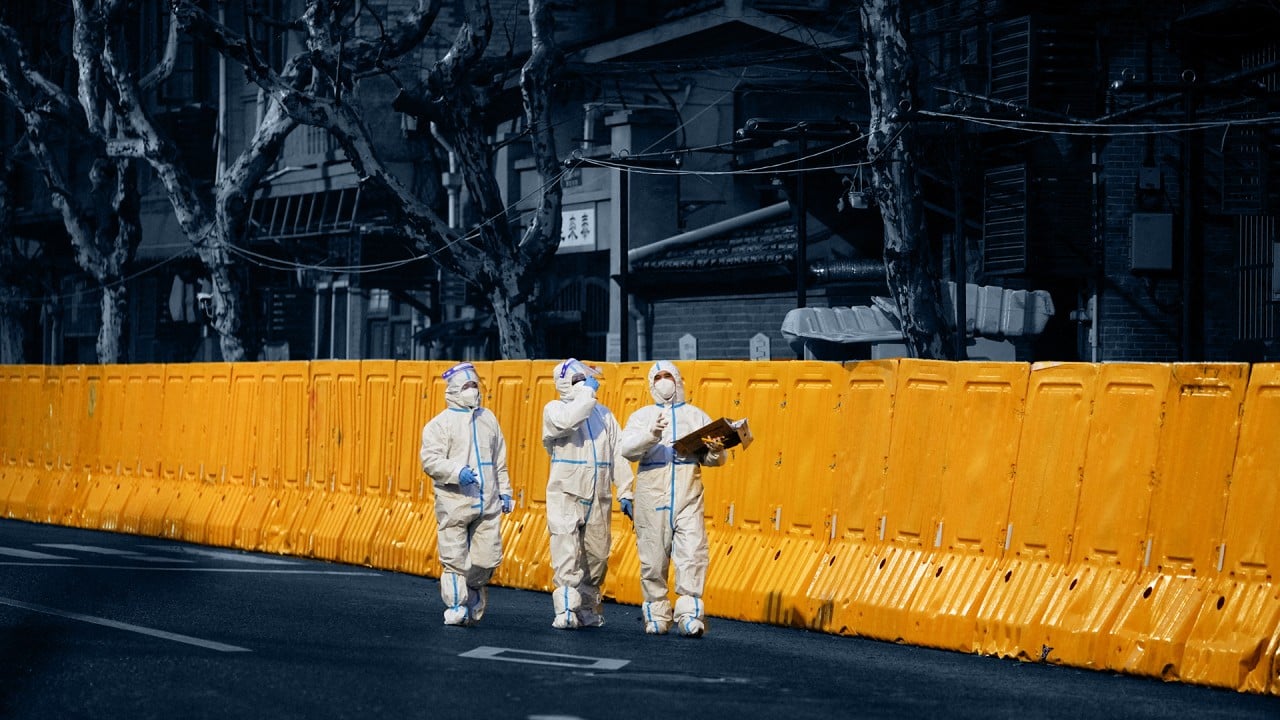
Coronavirus: faced with mounting costs, some ask whether China can afford to maintain mass testing
- Local governments have been spending heavily to control the spread of Covid-19, including on extensive testing programmes
- Though less disruptive than lockdowns, whether local governments can afford to continue mass screening is subject to debate
While some local governments in China have begun adjusting mass testing mandated under Beijing’s zero-Covid policy, its widespread use to contain the highly transmissible Omicron variant continues to take a sharp toll on regional finances and consumer sentiment, analysts say.
On one hand, questions have been raised about the long-term costs. But on the other hand, Beijing considers the programme an effective alternative to lockdowns, which have had a profoundly detrimental impact on economic activities.
“We need to come up with a long-term effective prevention plan,” he said.
Many local governments have been spending heavily to control the spread of Covid-19, including establishing testing sites that are within 15 minutes walk of residents’ homes.
What next for China’s zero-Covid policy after Shanghai lockdown?
China Merchant Securities estimated the cost of the mass nucleic acid testing in Shenzhen between April 6 and June 5 was around 3.16 billion yuan (US$473 million).
“From the perspective of economic benefits, the lockdown in Shanghai may cause China to lose at least about 1 trillion yuan in gross domestic product this year,” the brokerage said in a research published earlier this month.
“If the cost of regular nucleic acid testing in Shenzhen is significantly lower than the economic and social losses caused by the lockdowns of Shanghai, then regular nucleic acid testing should be promoted nationwide.”
For now, Covid control remains the priority for many local governments, despite the financial burden for regions with weaker economies.
While some have chosen to ease mandatory testing, a single case could trigger its return.
Hefei, the capital city of the eastern province Anhui, on Monday said it will conduct mass screening again over the next three days after it found one positive case from a visitor – less than seven days after it suspended its weekly testing programme.
On the same day, Quzhou city in China’s eastern Zhejiang province, said it would suspend its weekly testing from Tuesday. However, workers in the service sector still need to test every three to seven days.
Once lauded for predictability, uncertainty haunts the Chinese economy
Meanwhile, China’s capital Beijing requires residents to carry out nucleic acid tests to use public transport or enter public venues, although the window for negative reports has been extended to 72 hours from 48.
US rating agency Moody’s expects a significant regional and local government budgetary deficit in 2022 mainly a result of Covid-19 outbreaks.
“Expenditure will likely remain high – a result of greater healthcare and social security spending to control and ease the effects of coronavirus-related disruptions,” Moody’s said in a note on June 14.
Yao said recent support measures that focused on boosting supply through infrastructure spending may not be enough to meet China’s 2022 growth target.
“Right now, [the policy focus on] supply is much bigger than demand,” Yao said at an event last week.
He said poor credit demand by companies, uncertainty surrounding the pandemic, and the slump in the property market showed that overall consumption was in a dire state.
Louis Kuijs, chief economist for the Asia-Pacific at S&P Global Ratings, said lack of visibility on the Covid situation has started to affect medium-term prospects, which were influencing investment decisions of some foreign companies.
“As a result, we have tempered our expectations as to how much the economy can recover in 2023 following the current weakness,” he said on Monday.



